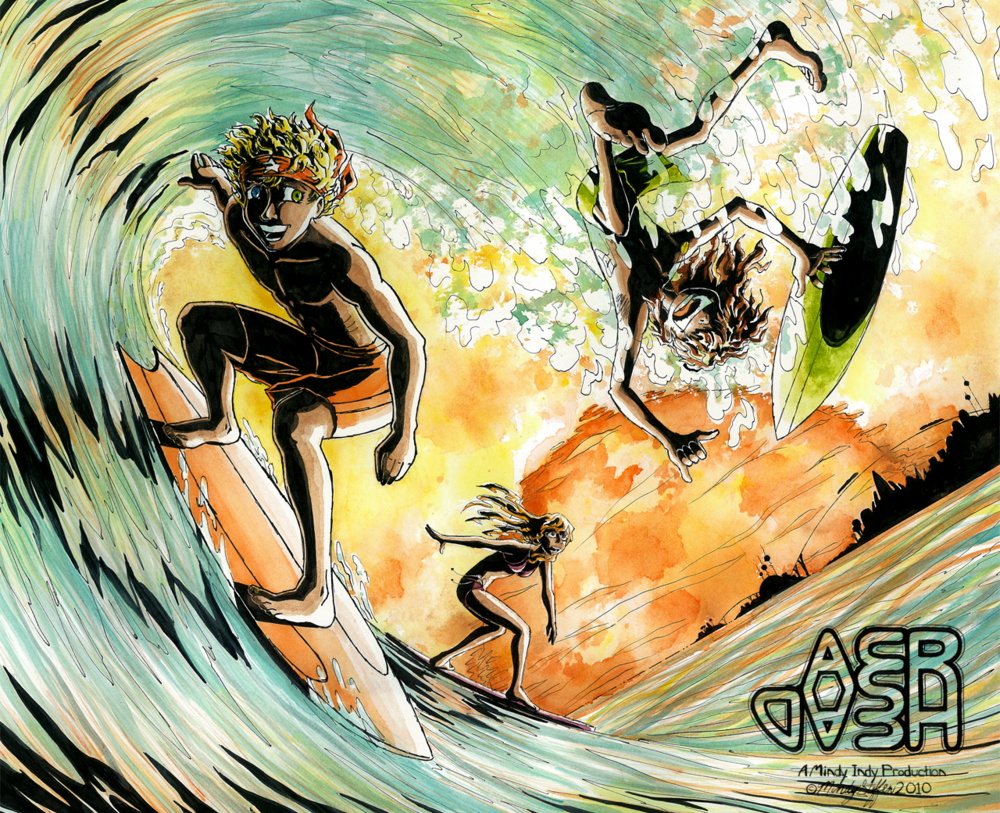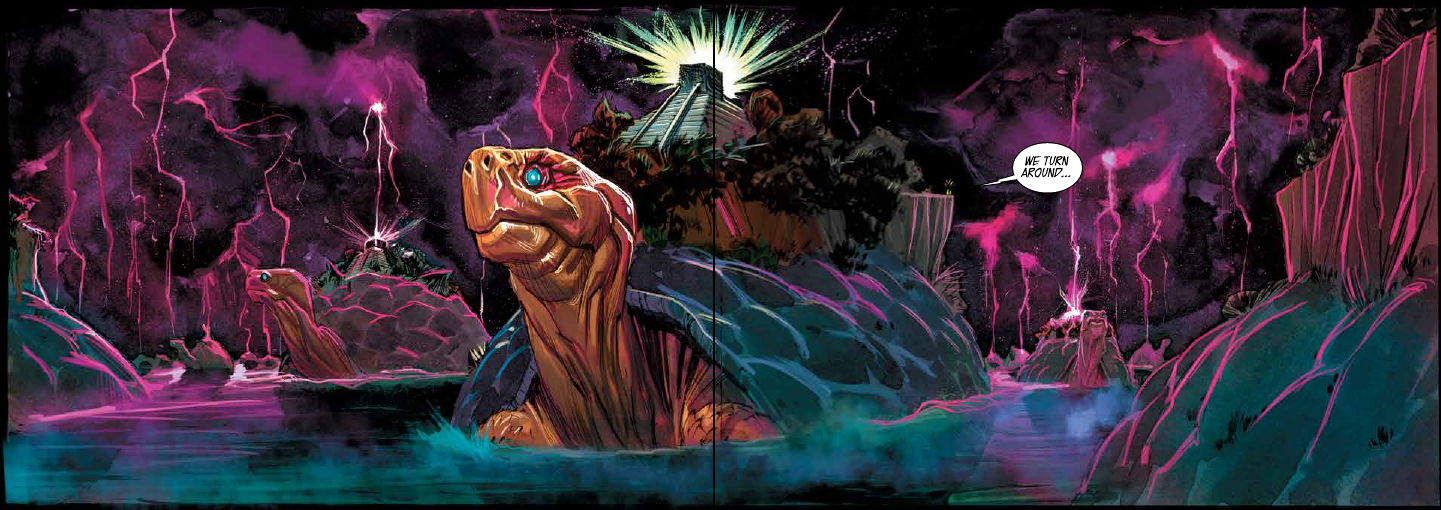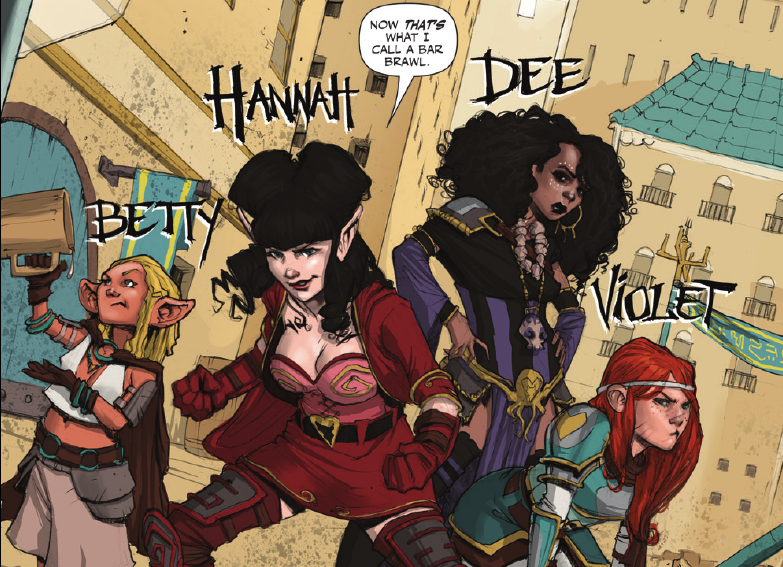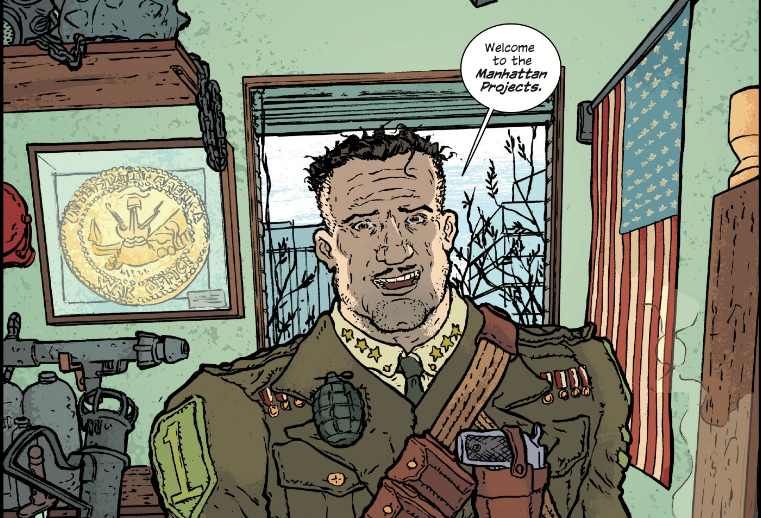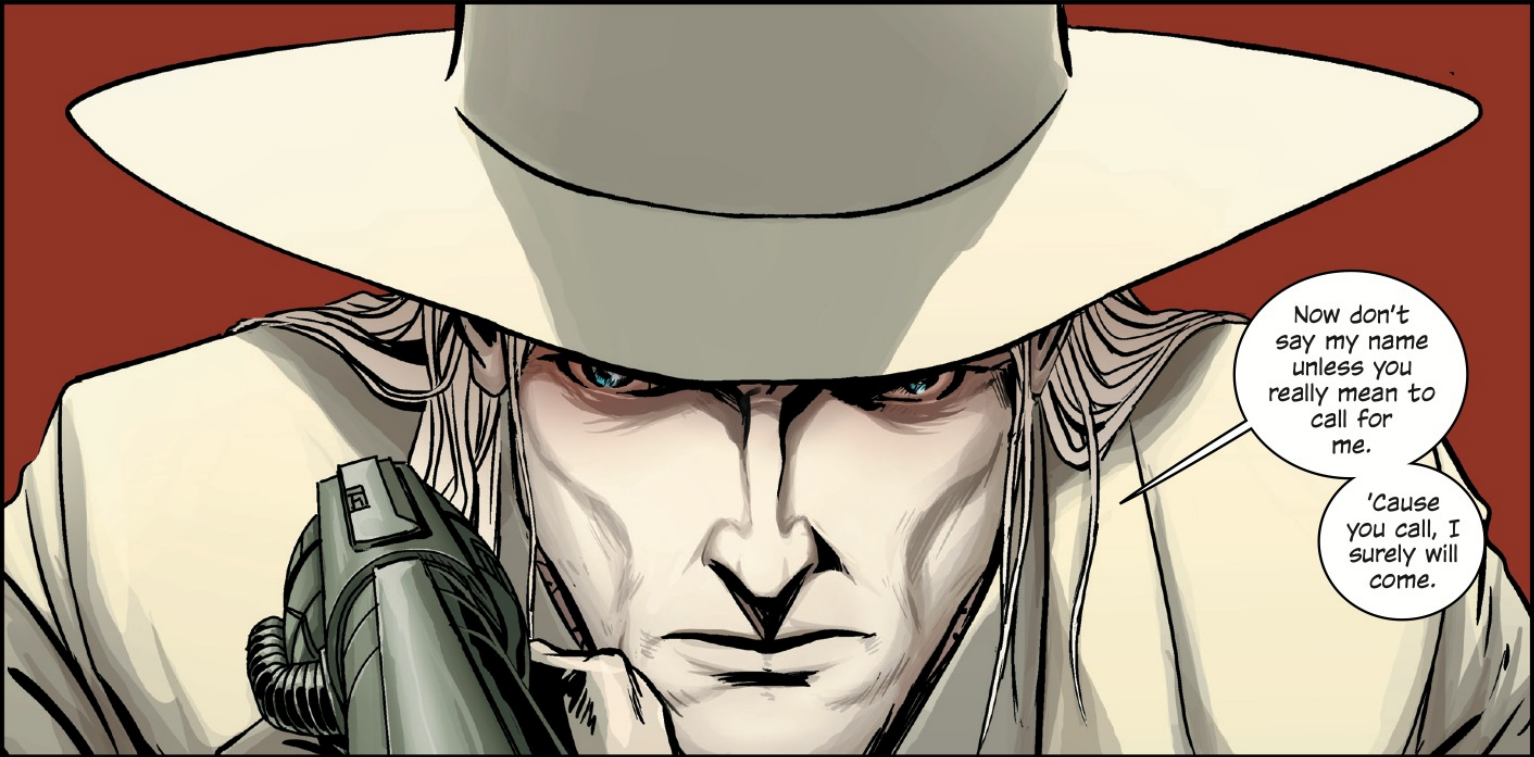Most writers have themes they return to time and again, each time looking at a different way. This also is true of many of the most lauded comic book writers. Alan Moore is fond of using public domain characters and exploring politics and the deconstruction and reconstruction of super hero tropes. When working with established characters, Grant Morrison can’t seem to get enough joy out of mining a character’s past continuity to find new ways of making what is often a discarded, silly part of the Golden or Silver Age canon bring new light and understanding to a character. Morrison also likes to explore the metaphysical, leading to dense comic writing that can be hard to get through, but rewarding if you get all the references and points he’s making. He also likes to look at the future consequences of today’s actions, most famously during his runs on New X-Men and Batman. Mark Waid has become the master of exploring the consequences of lies and the truths we withhold from each other. His heroes have secrets even from each other and that can lead to dire consequences. Finally, we have Jonathan Hickman who seems to have two primary themes that run through his work. The first is about the role of fathers and the effects of having/not having a father and having/not having a family. He has explored this in more than one comic, but it is the central theme of his excellent run on Fantastic Four and FF. I would love to see another writer run with the fact that Hickman has Valeria choose Dr Doom as her father figure. Hickman also enjoys exploring how a cabal of very intelligent people can radically change the world. This was a minor theme during his run on Fantastic Four, but it is a central theme in S.H.I.E.L.D., The New Avengers, The Manhattan Projects and East of West.
The Manhattan Projects, which we’ve covered before in the old challenge format of this site (and a commentary will appear next week), is a world in which the development of the atomic bomb was the least important and least radical thing being done by the group of scientists in the south west of the United States. Things continue to spiral into a radically different version of history as the scientists discover space travel, teleportation, and AI.
East of West is starts off with normal history and then, during the American Civil War, a meteor strikes Earth. Control of the USA splits into seven nations - Union, Confederacy, Texas, Chinese (PRA), Native American nations (The Endless Nation), African American (The Kingdom), and I’m slightly unclear if Armistice is considered the seventh. A cabal of leaders - mostly the leaders of the Seven Nations at the time of the armistice - also write The Message. The Message is a Revelation-type prophecy for bringing about the Apocalypse. For some reason the cabal sees this as a desirable thing
